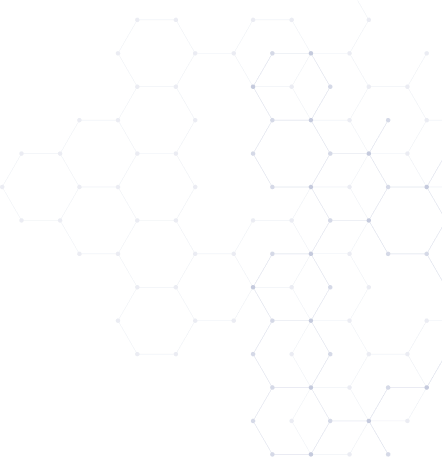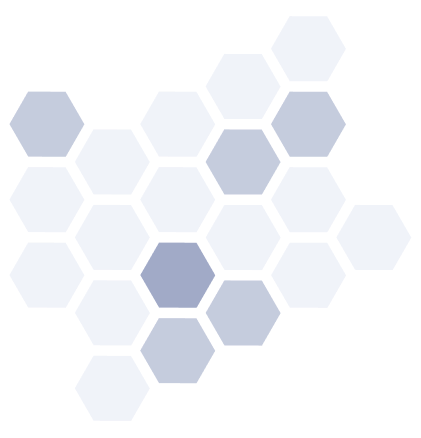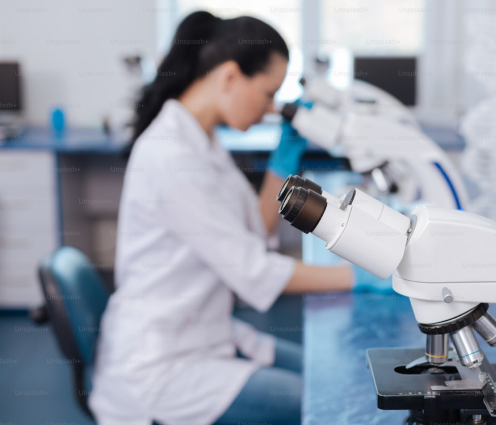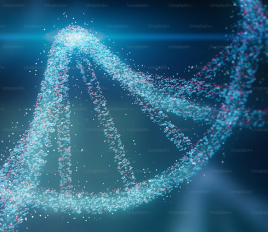

The life sciences industry has always been defined by innovation - but the rise of 3D biology marks one of the most transformative shifts yet. From engineered tissues and organoids to organs-on-chips and advanced biomaterials, science is moving beyond observation to re-creation. Researchers are no longer just studying biology; they’re building it.
As these technologies move from the lab bench to commercial reality, they’re reshaping not only how we understand human biology, but how we discover, test, and deliver the next generation of therapeutics.
From Flat to Functional: The Rise of 3D Biology
For decades, biomedical research relied on two-dimensional cell cultures - useful but limited. Cells grown on plastic don’t behave like cells in the body. Today, 3D systems such as organoids and organs-on-chips mimic human tissues and organ-level functions more accurately than ever before.
Organoids (tiny, self-organising structures derived from stem cells) can replicate the complexity of organs like the liver, brain, or intestine. Meanwhile, microfluidic organs-on-chips recreate the dynamic environment of living systems, including blood flow and tissue interactions. Together, these tools are helping scientists model diseases, test drugs, and explore biological mechanisms with unprecedented precision.
This shift isn’t just technological - it’s philosophical. The laboratory is becoming a living ecosystem, where biology and engineering meet to accelerate discovery.
Transforming Drug Discovery and Development
One of the most immediate impacts of 3D biology lies in drug testing and toxicology. Traditional animal models often fail to predict human responses, leading to high failure rates in clinical trials. 3D systems are closing that gap.
Organoids allow researchers to screen drug candidates on realistic, human-derived tissues - reducing reliance on animal testing and improving translational relevance. For pharmaceutical and biotech companies, this means faster development cycles, lower costs, and ultimately, safer, more effective therapies.
As regulatory bodies such as the FDA begin to recognise and support these technologies, their integration into mainstream R&D pipelines is accelerating.
The Convergence of Biology, Engineering, and Data
The evolution of 3D biology is also a story of convergence. Engineers are developing new biomaterials and 3D printing methods to create scaffolds that support tissue growth. Data scientists are using AI to interpret the complex datasets generated by these systems. And biologists are collaborating with physicists, chemists, and computer scientists to design “living models” that push the boundaries of what’s possible.
This cross-disciplinary approach is blurring the lines between traditional scientific roles - and demanding a new kind of talent. Professionals with hybrid expertise in bioengineering, data science, and translational biology are in high demand, capable of navigating the intersection where biology meets technology.
Beyond the Lab: The Future of Regenerative and Personalised Medicine
Looking ahead, 3D biology holds immense promise for regenerative medicine and personalised therapies. Researchers are already using engineered tissues to repair damaged organs, study rare diseases, and test patient-specific drug responses.
As these models become more sophisticated - integrating immune components, vascular systems, and even neural connectivity - the potential to design tailor-made treatments for individual patients comes closer to reality.
It’s not an exaggeration to say that 3D biology is changing the definition of medicine itself - from treating disease to rebuilding health at the cellular level.
Shaping the Workforce of Tomorrow
For the life sciences industry, this revolution isn’t just about new technology - it’s about people. The future will belong to organisations that can attract, develop, and empower talent across disciplines: engineers fluent in biology, data scientists versed in physiology, and leaders who understand both science and strategy.
As 3D biology continues to evolve, the challenge (and the opportunity) lies in bridging worlds: academia and industry, biology and computation, innovation and impact.
At HRS, we’re proud to support the visionaries driving this transformation - connecting pioneering talent with the companies shaping the next frontier of life sciences.


Looking for a New Role – or Searching for Top Talent? Let’s Talk
Whether you're exploring your next career move or looking to hire skilled professionals, HRS is here to help.
We connect ambitious individuals with exciting opportunities across science, technology, and innovation-led sectors. From early careers to executive search, our expert recruiters work closely with both candidates and employers to ensure the perfect match.
If you're hiring, we’ll help you find the right people. If you’re job hunting, we’ll help you take the next step. Browse our latest jobs or get in touch to find out how we can support you.

